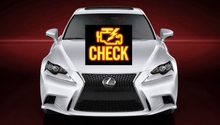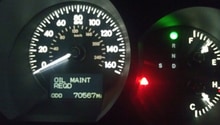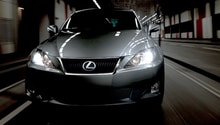Lexus: Warning Lights
Warning lights on the dashboard are simply shortcuts that inform the driver of problems with their Lexus. Knowing what these symbols mean will help to quickly determine whether or not the vehicle is in dire shape.
This article applies to the Lexus IS, RX, GS, LS, and ES (2005-2013).
The Lexus is a very technologically advanced vehicle. The more components a car has, the more potential there is for things to go wrong. The Lexus is equipped with an advanced computer that can read the issues the car is going through and warn the driver lights on the dashboard. For the most part, a warning light that is displayed in red indicates a more serious problem or safety issue, and it is recommended to get it checked the same day. A warning light that is displayed in orange or yellow means something needs to be serviced or repaired soon. A green or blue warning light is for information only and presents no danger. If there is a flashing warning light of some sort, it is recommended to contact the dealership immediately.
OBD Reader Diagnosis
Every Lexus vehicle is equipped with a connector that a troubleshooting scanner can be connected into. Simply connect the scanner tool, or a computer if with scanner software downloaded to it. The scanner will show you diagnostic trouble codes (DTCs) that the car has stored. A high quality scanner will tell you what those codes mean. If it doesn't, searching Clublexus.com or google will give you some leads. Otherwise, you could just take them to the dealership. Scanner programs and tools vary in price. An app can be purchased for $4.95, and a nice one runs for $200+.
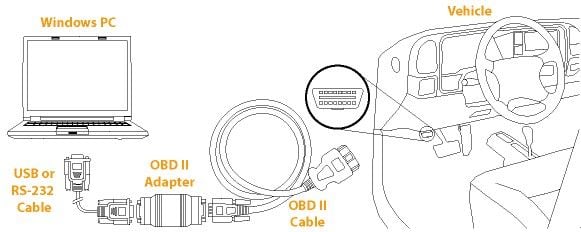
Brake
The "Brake" symbol serves two purposes. It will come on to indicate that the emergency brake is engaged. If it comes on while the emergency brake is not engaged, it's indicating that there's a problem with the vehicles braking system. Always make sure the emergency brake is released before driving; if it is, bring the vehicle to a complete stop and contact your dealer.
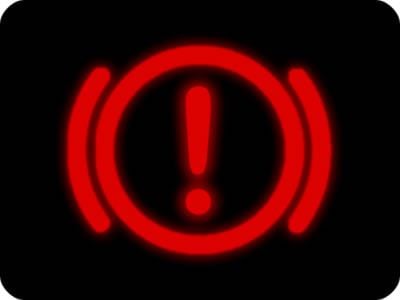
Coolant
This is the temperature warning light. It indicates that the engine's temperature is higher than it should be. If you see the same exact symbol, only in blue instead of red, it indicates that the coolant level is below what it needs to be. Your vehicle isn't in any real danger, but it likely has a coolant leak.

Engine Oil
This is the oil pressure engine light. If you have a wavy line underneath the oil can, it means the engine oil is low. Stop the vehicle, turn it off, and check your oil. You never want to drive with low engine oil. If there is a warning in yellow that says "OIL LEVEL," this is a reminder to get the car serviced.
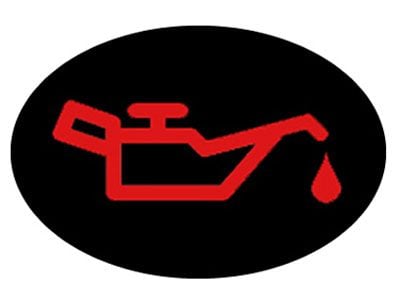
Charging System
In most cases, a battery looking sign will mean you either have a bad battery, or you have a bad alternator. Autozone offers a free diagnosis. A battery with low-charge will register a DTC, so they'll be able to see what's wrong with their OBD2 scanners.
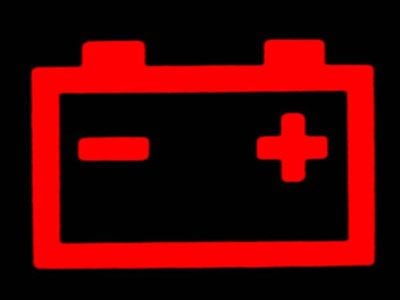
Master Warning
This light is usually accompanied by text. Look for the text on the dashboard. It is usually associated with simple, but important, reminders such as a door ajar or that it is time to replace the oil.

SRS Air Bag
This warning light indicates that one of the many air bags the Lexus is equipped with has stopped working. Take the vehicle to the dealership as soon as possible.

Transmission Oil Temperature
The transmission oil symbol means the oil temperature in the transmission is too high. If it's not taken care of right away, there could be a risk of transmission failure. A Lexus transmission is worth thousands of dollars, so it is best to contact the dealer immediately.

Power Steering
This is the power steering warning light. This light indicates either lower power steering fluid or a bigger issue in the power steering system. Check the power steering fluid level; if it's full, contact your dealer.
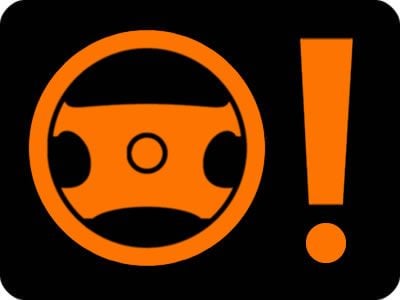
Check Engine
The possible reasons for this light are in the thousands. It could be anything from a loose gas cap to a serious engine problem. It is best to have your dealer properly address the issue.
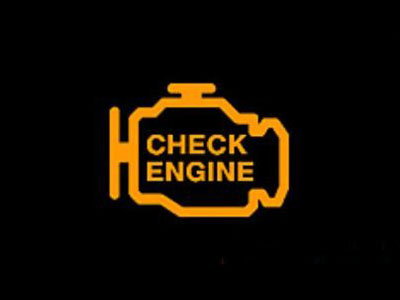
ABS
Anti-lock braking system (ABS) keeps the vehicle from skidding by preventing the wheels from locking under braking. This system is rather complicated, so it is best to contact your dealer immediately. Try not to drive with it on for a long distance.
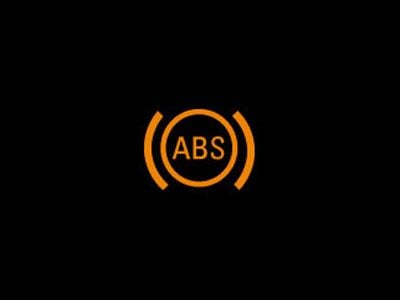
Low Brake Pad
This warning light indicates that your brake pads are worn and need replacement. This is a very nice feature rather than having to listen to your brake pads to identify wear. It is best to replace the pads within a hundred miles of the light going on, because worn brake pads could result in bigger problems such as worn brake rotors, and that could get costly.
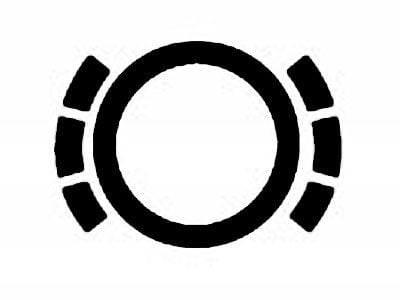
Above were some of the more important warning lights that you need to know. There are several more warning lights, but they are usually self-explanatory. In general, it's best to always check the messages on the dashboard. The advanced computer system on the Lexus will usually tell you exactly what you need to do. It is recommended to contact your dealer when a serious warning light comes on, and drive as little as possible during that time.
Related Discussions
- Check Engine Light - ClubLexus.com
- Warning Lights - ClubLexus.com



